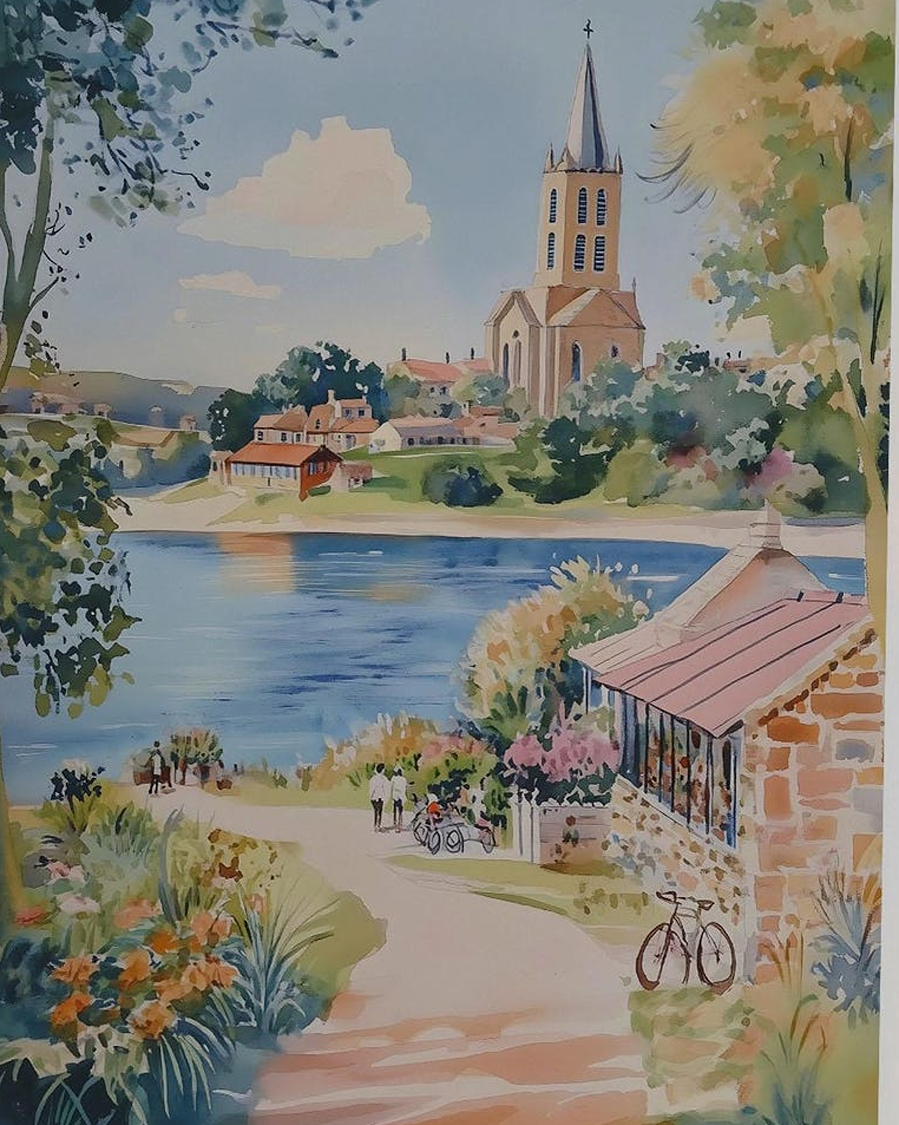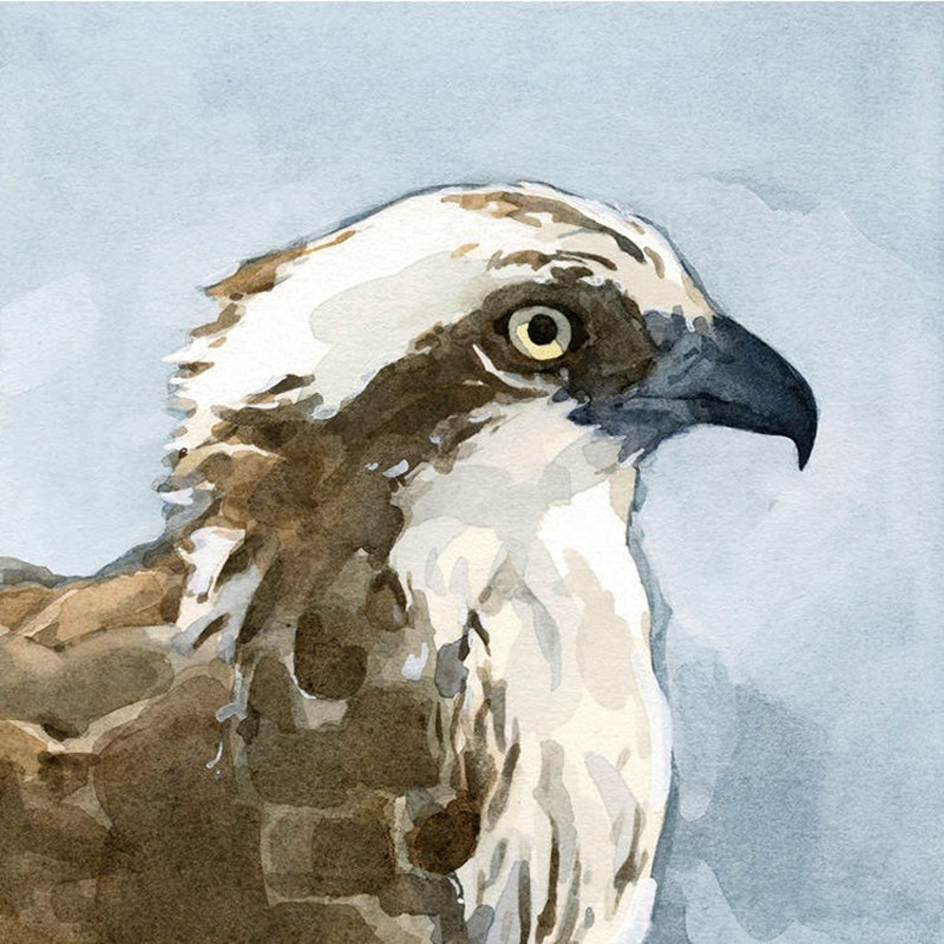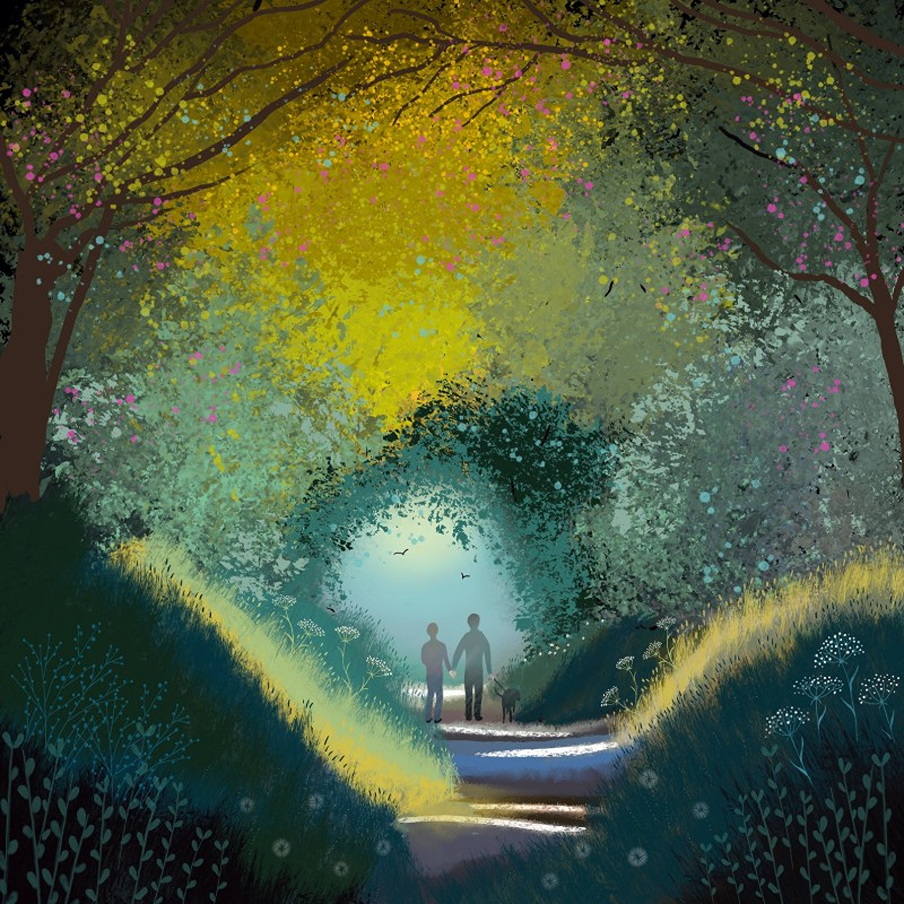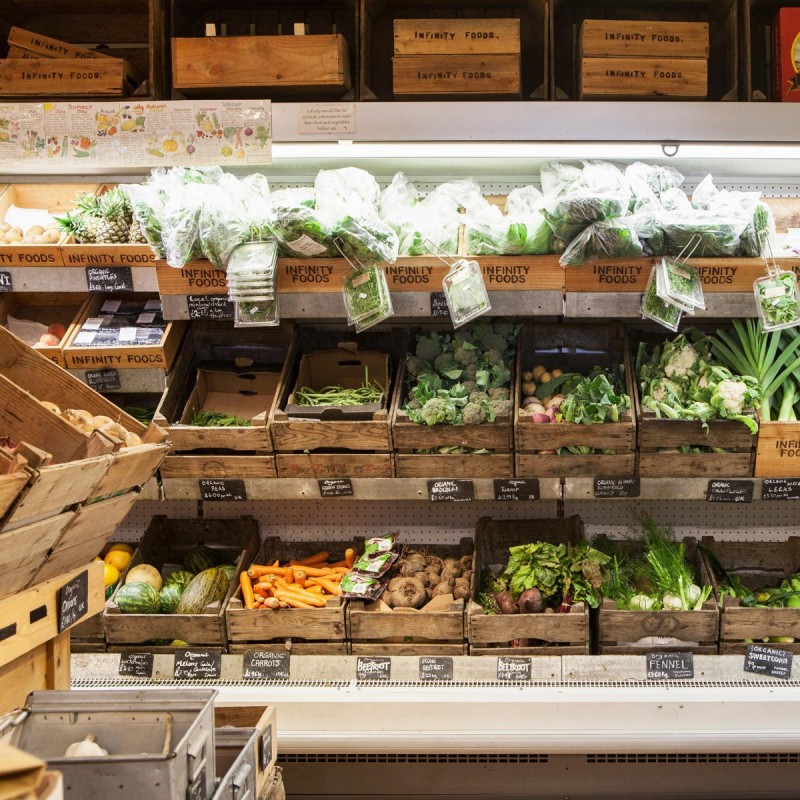Rutland: England’s Smallest County (and ospreys!)

Rutland is England’s smallest county, apparently depending on whether the tide is in or out on the Isle of Wight! It used to be part of Leicestershire, but now is its own independent county. With no fast food chains or motorways, it’s a bonus, if you prefer to stay or live somewhere, away from the hustle and bustle.
Just countryside walks, a couple of market towns, Rutland water and pretty villages. With a population of just 40,000 or so, the county name is ancient Saxon for ‘Rugelanda’, which means ‘Rook’s island’.
Always follow the Countryside Code, to keep all creatures safe.
Rutland Water: Bringing Back Ospreys

This is one of the Europe’s largest artificial lake. But like the Suffolk and Norfolk Broads, don’t let the word ‘manmade’ fool you. It’s also a haven for wildlife, which has seen almost-extinct ospreys (fish-eating birds of prey) return from their African migration, to settle here in their thousands, along with many other birds.
Due to hunting in Victorian times, at one point there was just one breeding pair left (in Scotland). Ospreys are still pretty rare in England, with the only other main place to see them being in Cumbria.
Ospreys look a little like brown and white gulls. They use reversible toes (that turn 180 degrees) to hunt for slippery fish. They are such good ‘fishermen’ that around 70% of dives are successful. And if hungry, they usually catch a fish in around 12 minutes.
Living up to 20 years in the wild, ospreys migrate from West Africa (3000 miles) around February. Their eggs often hatch one-by-one, sometimes up to 5 days apart. The birds are possibly named after the Latin word ‘ossifragus’ (it means ‘bonebreaker).
Beyond ospreys, Rutland Water attracts overwintering wildfowl, waders, and rare butterflies.
Birds of prey are wild creatures, so should always be left alone, unless you know they are injured or in danger. Parents are usually nearby, so observe if concerned. Read more on how to help England’s birds of prey.
Oakham: History, Markets and Castles
This is Rutland’s county town, still packed with independent shops and centuries of history. The castle dates back to Norman times. And after shopping on market days for local food and crafts, you can partake in refreshments at one of Oakham’s many friendly tea rooms or pubs.
Uppingham: Arts, Antiques, and Fine Food
The other town also has independent shops, and a more arty feel, with lots of small galleries. A cultured place, with a well-known public school. One former pupil was Stephen Fry, who by his own admission was a bit of a scallywag, back in the day. He was expelled for credit card fraud, but of course now has changed his ways!
Founded in 1584, the headmaster in the 1930s and 1940s caused controversy when he suggested decriminalising homosexuality, at a time when it was illegal. His son (a foreign war correspondent) was gay, which likely influenced his decision.
Normanton Church
This is often depicted by artists. It was saved from flooding during the creation of Rutland water, and stands alongside as a museum on the lake.
This Grade 2 listed building has a raised flood with an embankment built around it, making it appear to ‘float on water’ when the reservoir is full, and appearing to sink, when water levels are low.
Hardly Any Supermarkets or Fast Food Chains

Due to being so small, until recently Rutland had no supermarkets or McDonald’s. That’s no longer the case, but you won’t many superstores. The argument given for new fast food restaurants etc, is always ‘to create new jobs’.
But small indie shops provide more jobs proportionally and tend to pay and treat staff better. Yet there were just 55 objections to the new McDonald’s.
Sales by the mega fast food chain have recently fallen by around 1%, a decline in net income of around $2 billion. The company says it’s due to a cost-of-living crisis (a Big Mac now costs double what it did).
But others believe that ‘new consumers’ are now asking questions on food and environmental ethics, knowing that ‘British meat’ hardly ever means free-range.
Home to England’s Smallest Ever Man
The smallest county was once home to the smallest man. Sir Jeffrey Hudson was just 18 inches tall (1ft 5in). Back in the 17th century, life was obviously lived differently. He was presented to Queen Henrietta Maria (in a pie) and once even killed a man in a duel.
He also spent 25 years as a slave in North Africa, before being rescued and returning to England. He had the misfortune to then be imprisoned for being Catholic during/after the Reformation, and died in a pauper’s Catholic grave.






